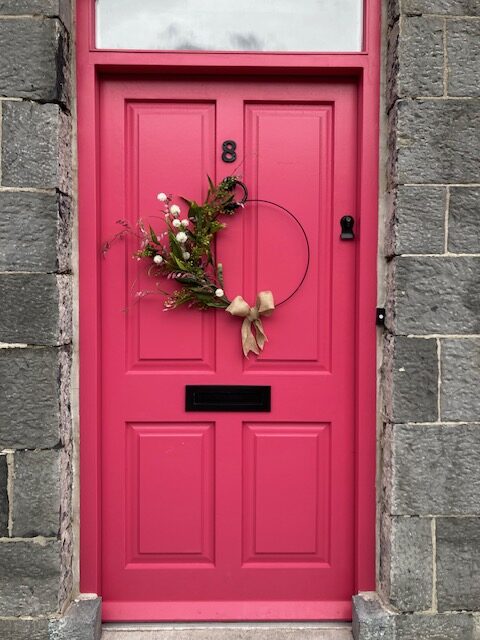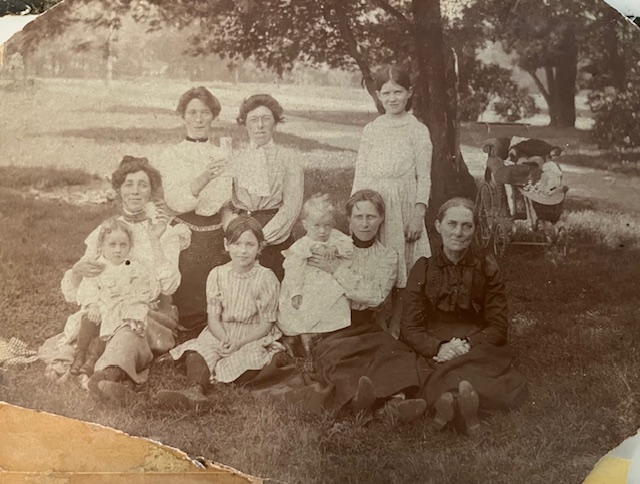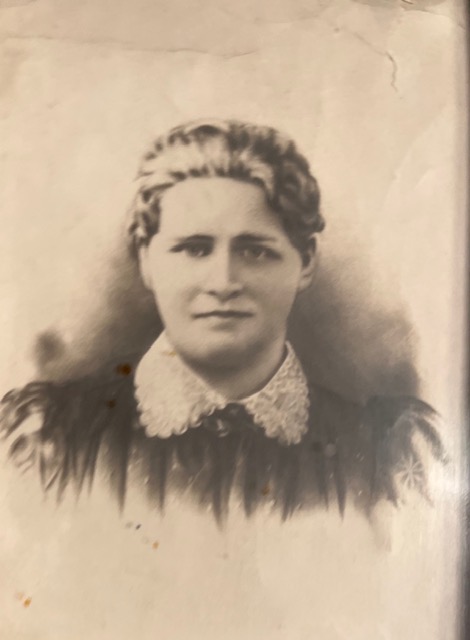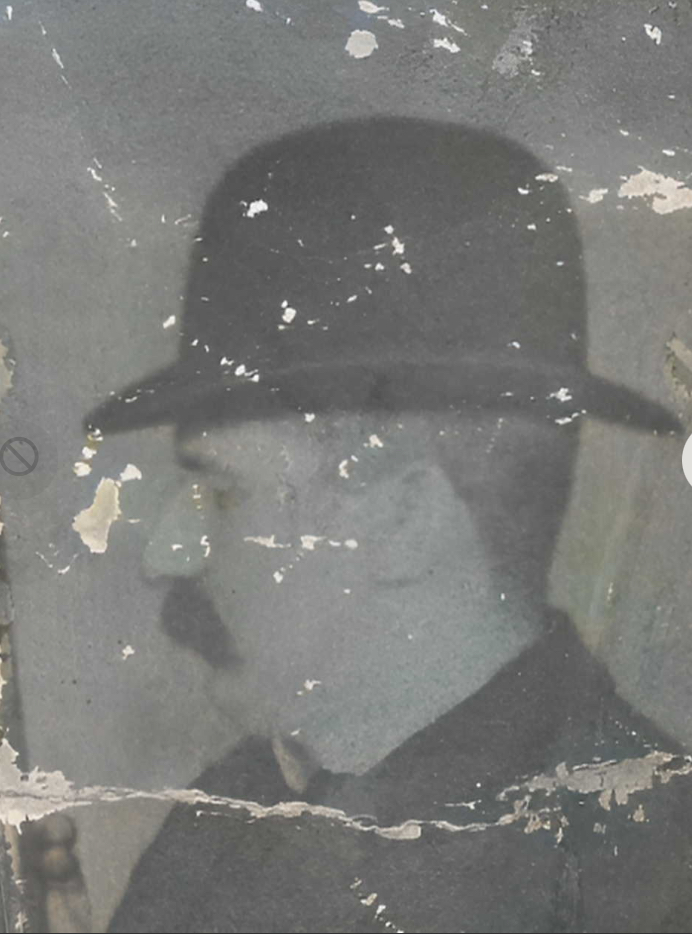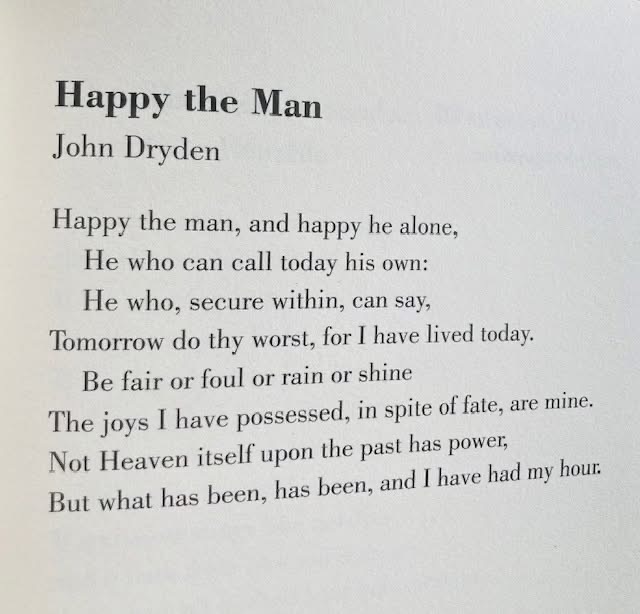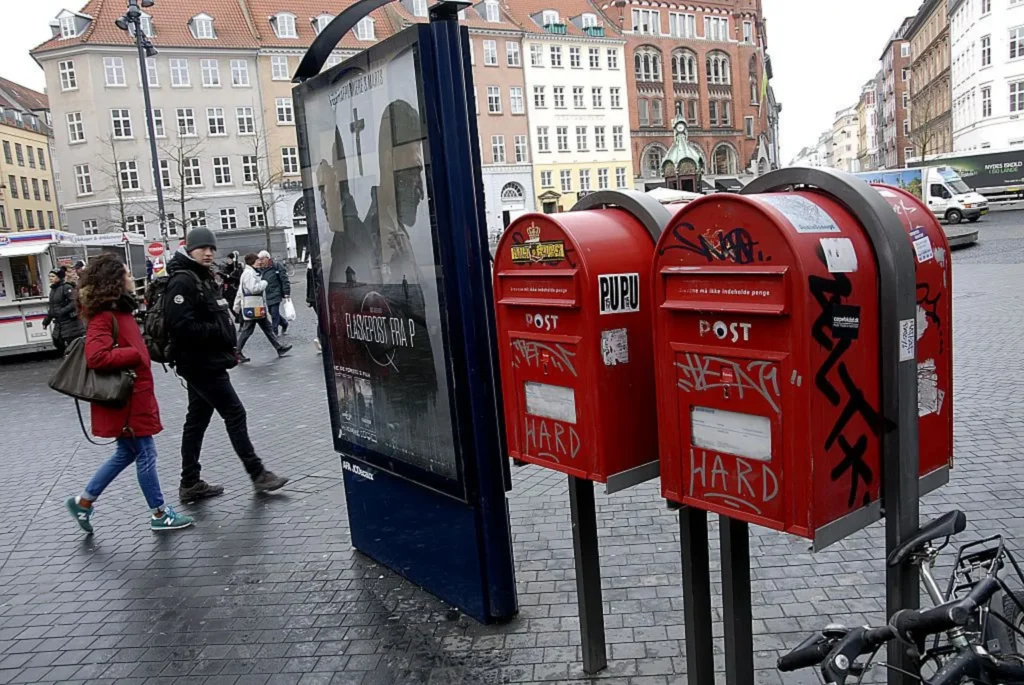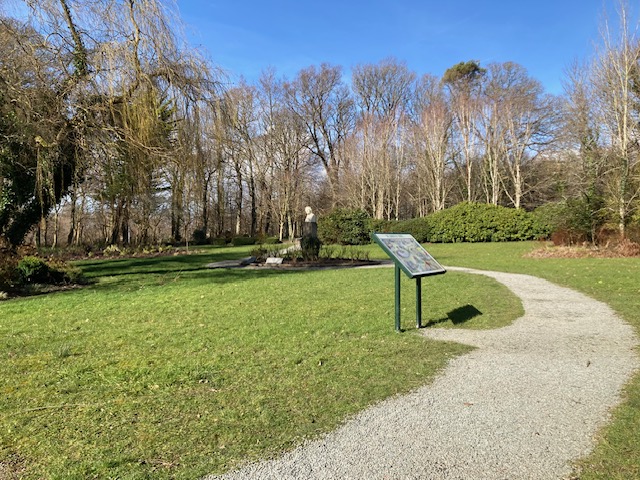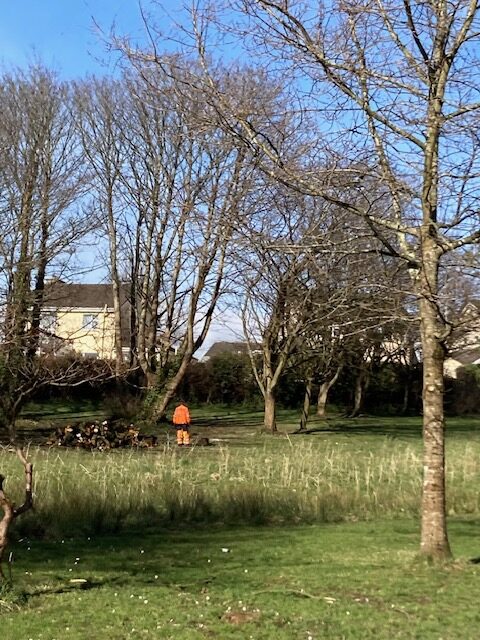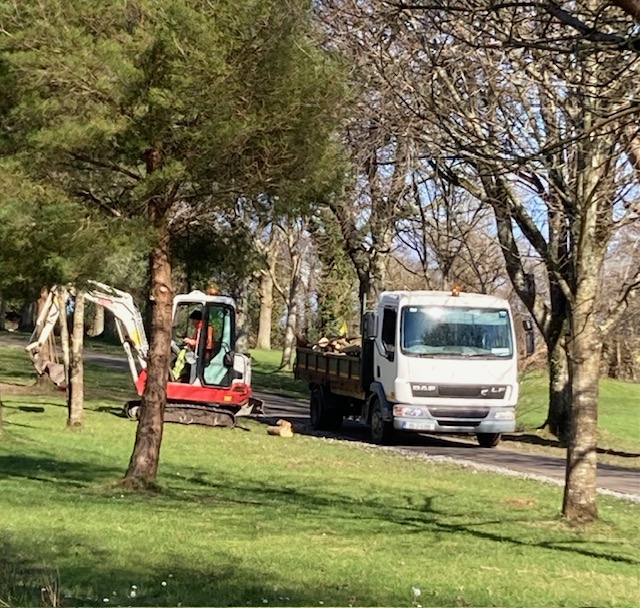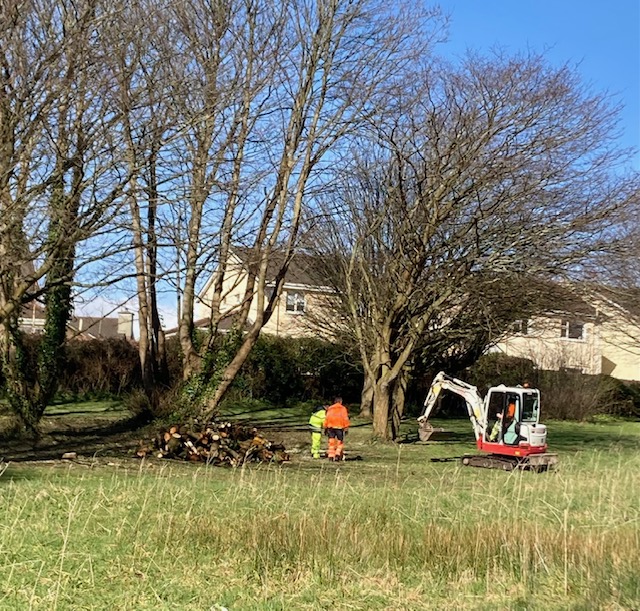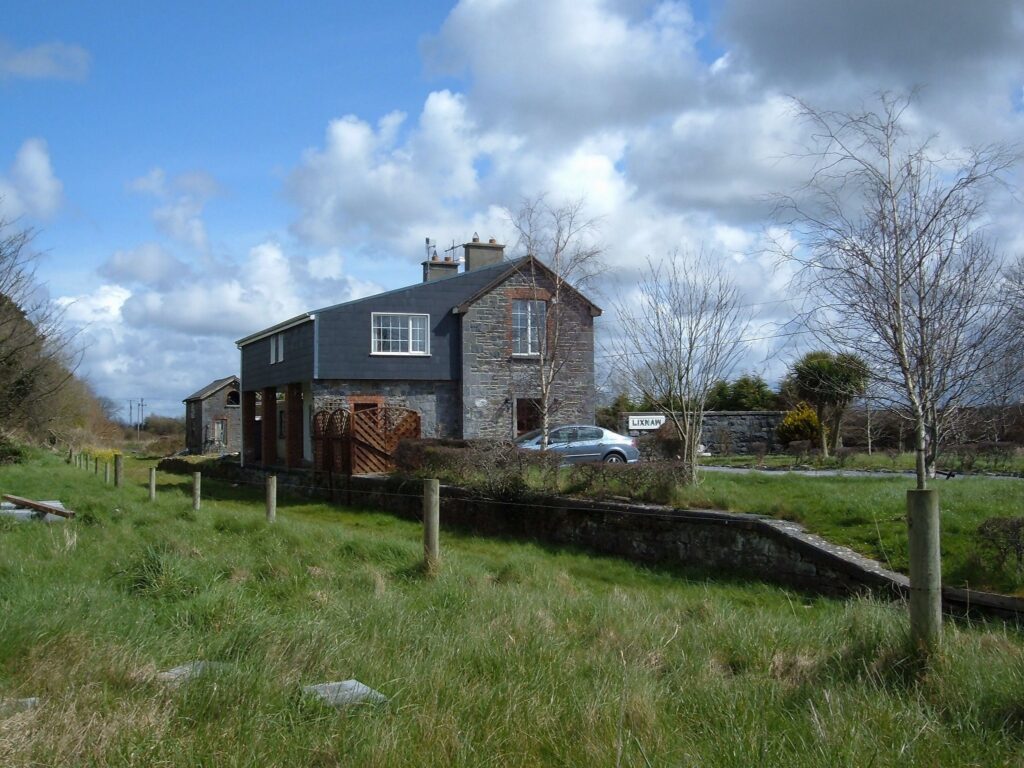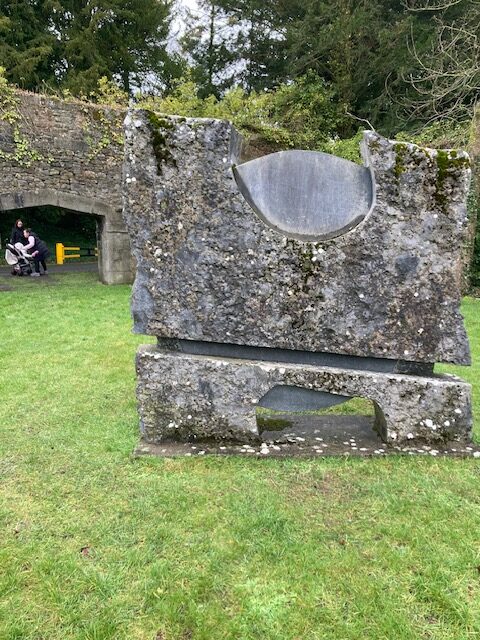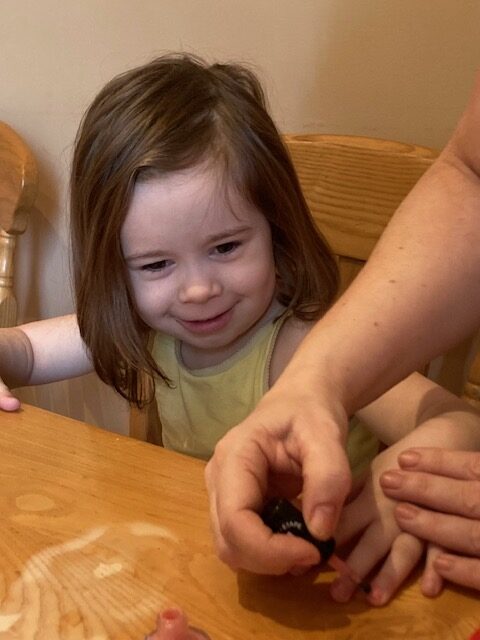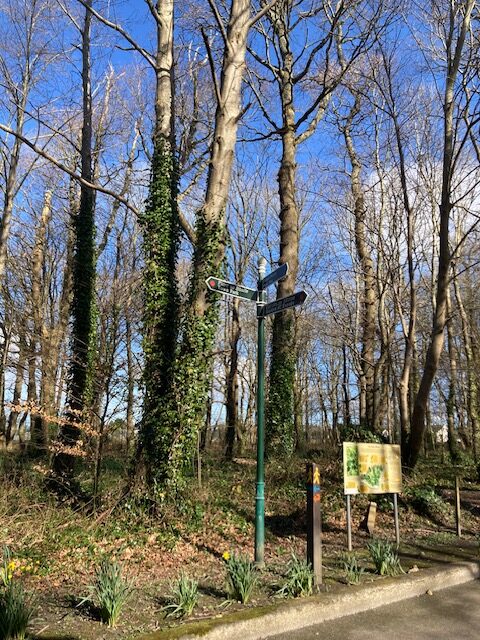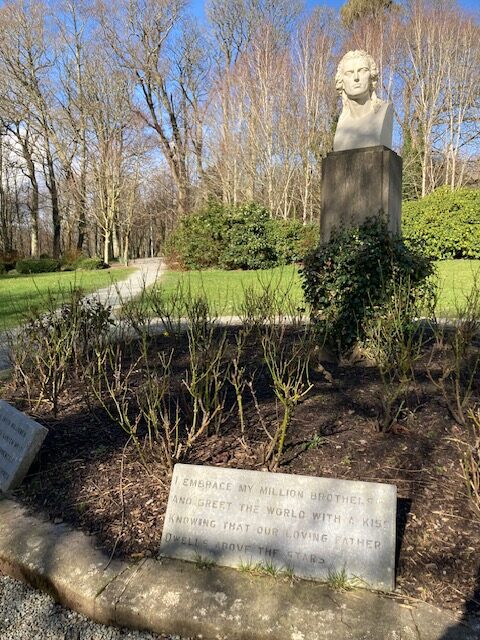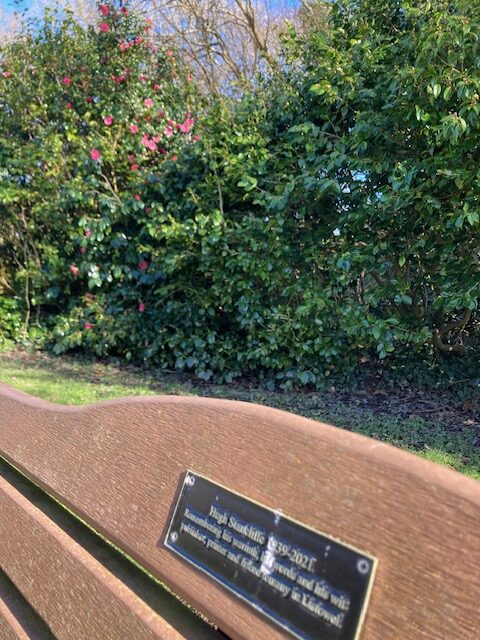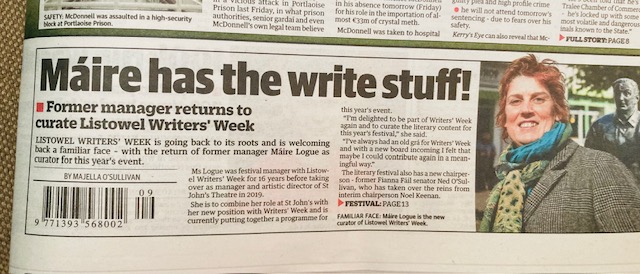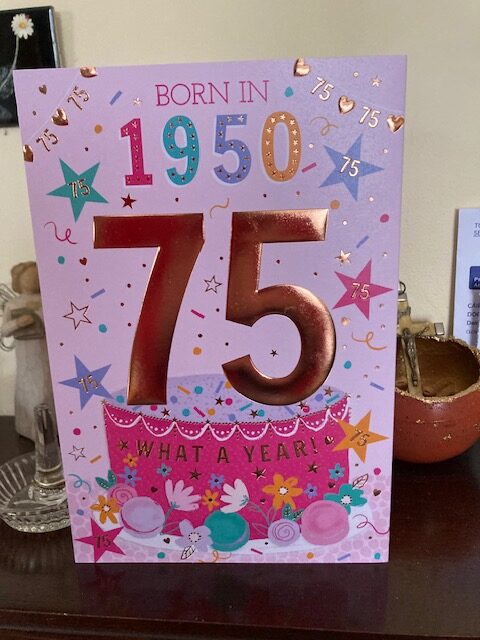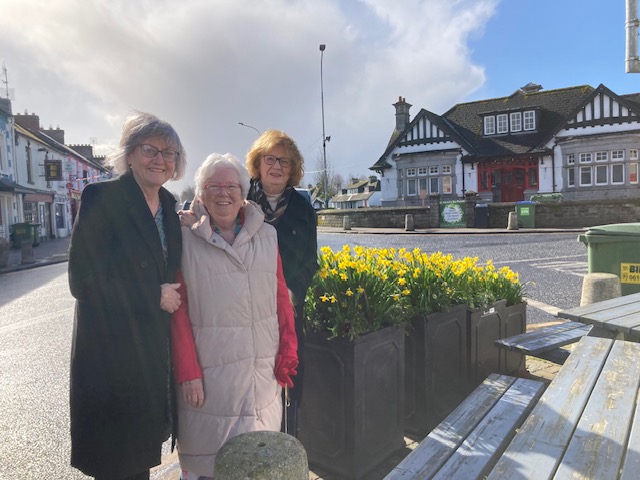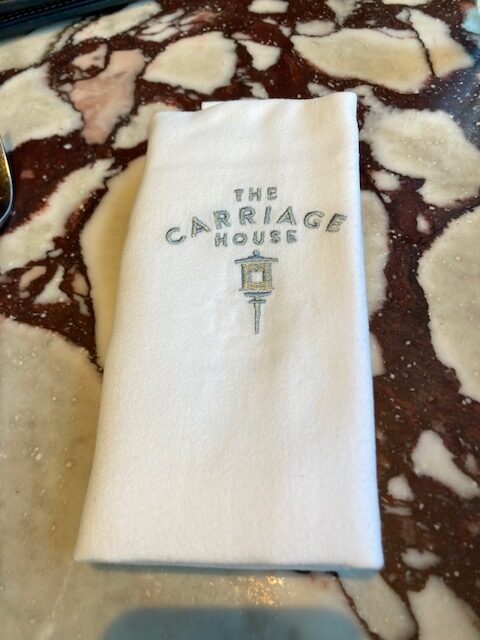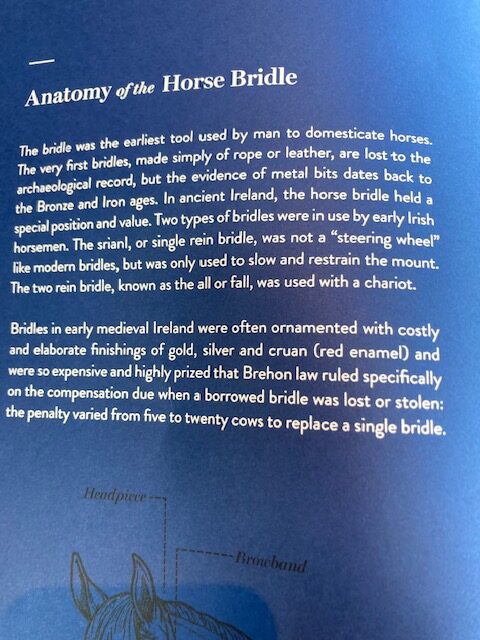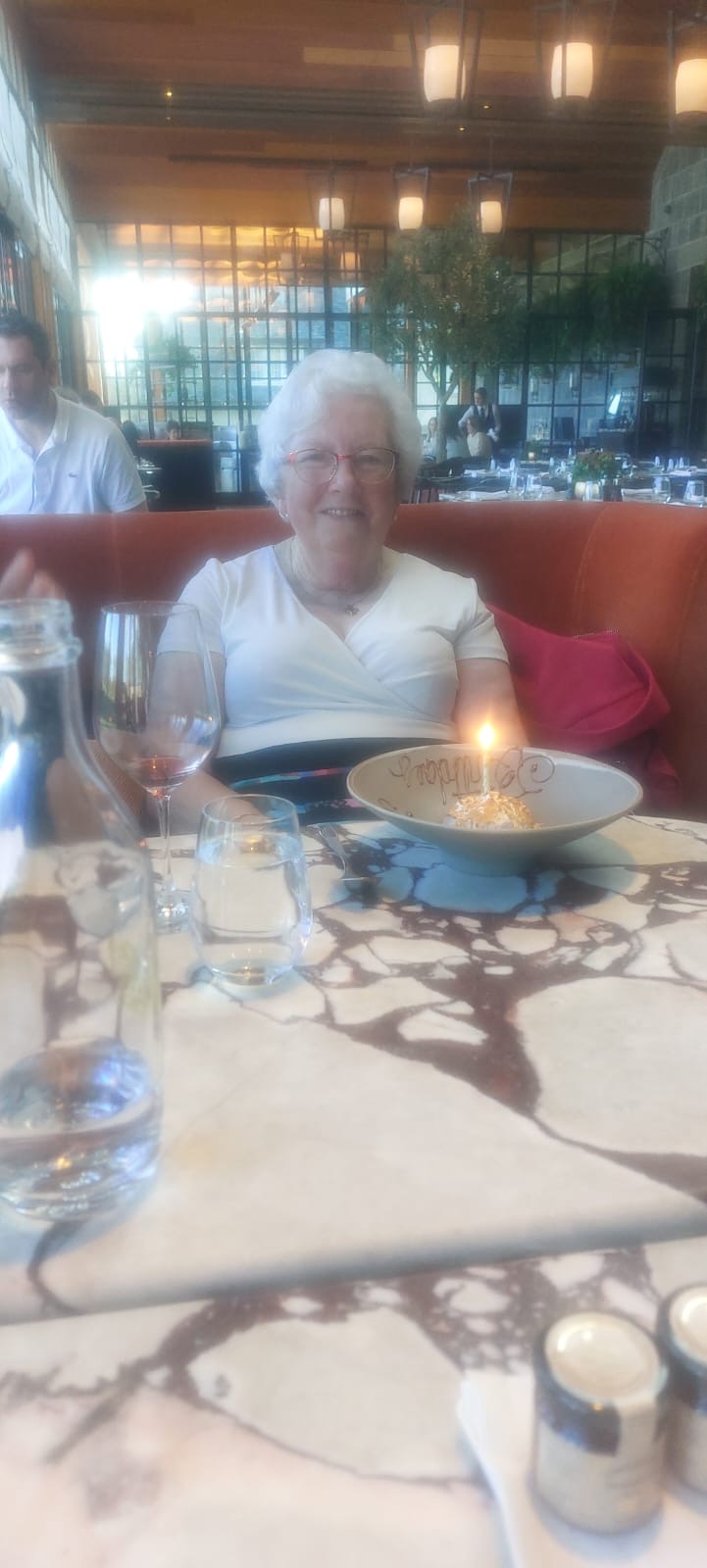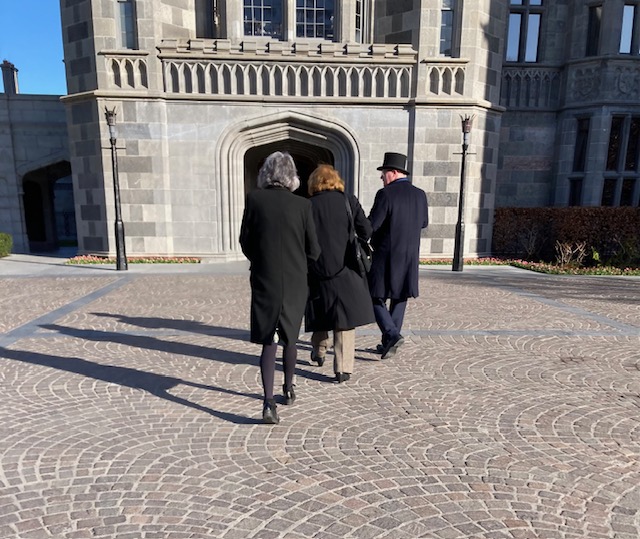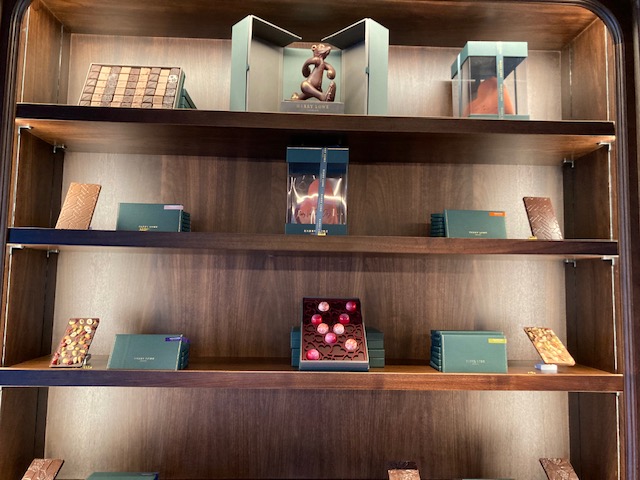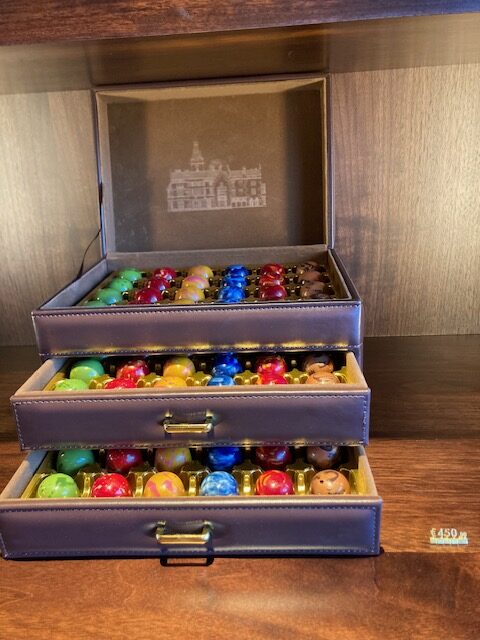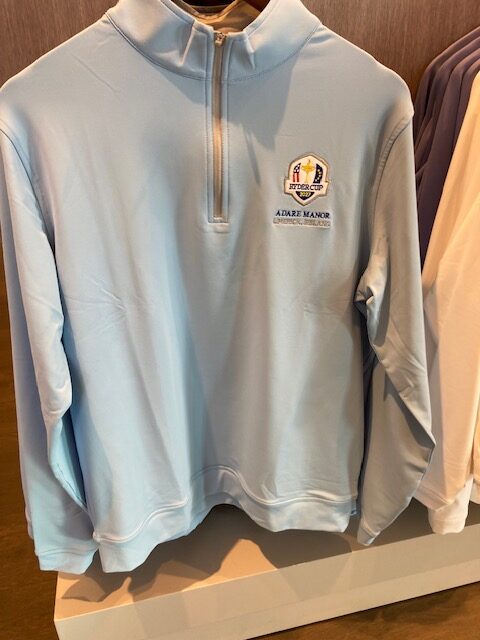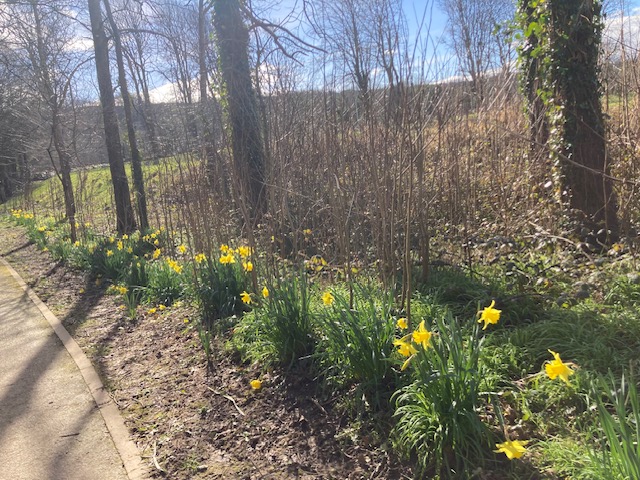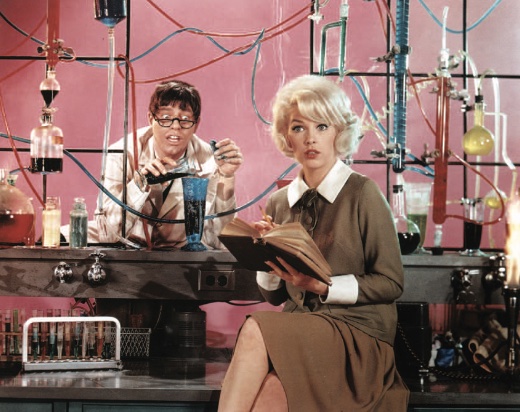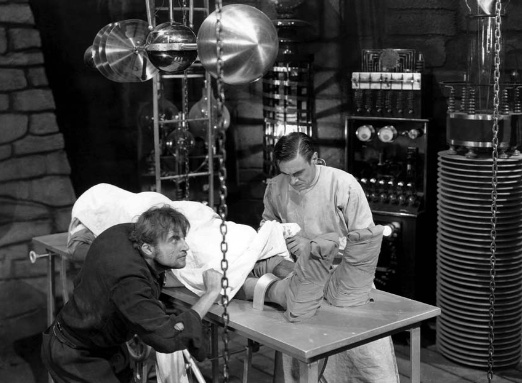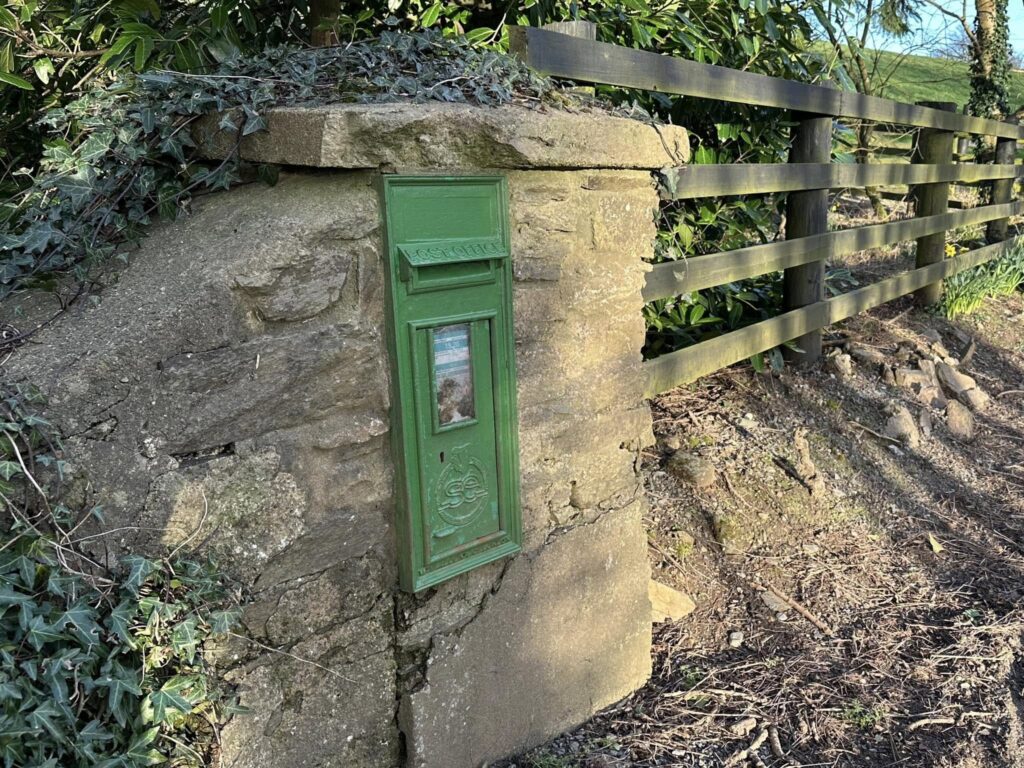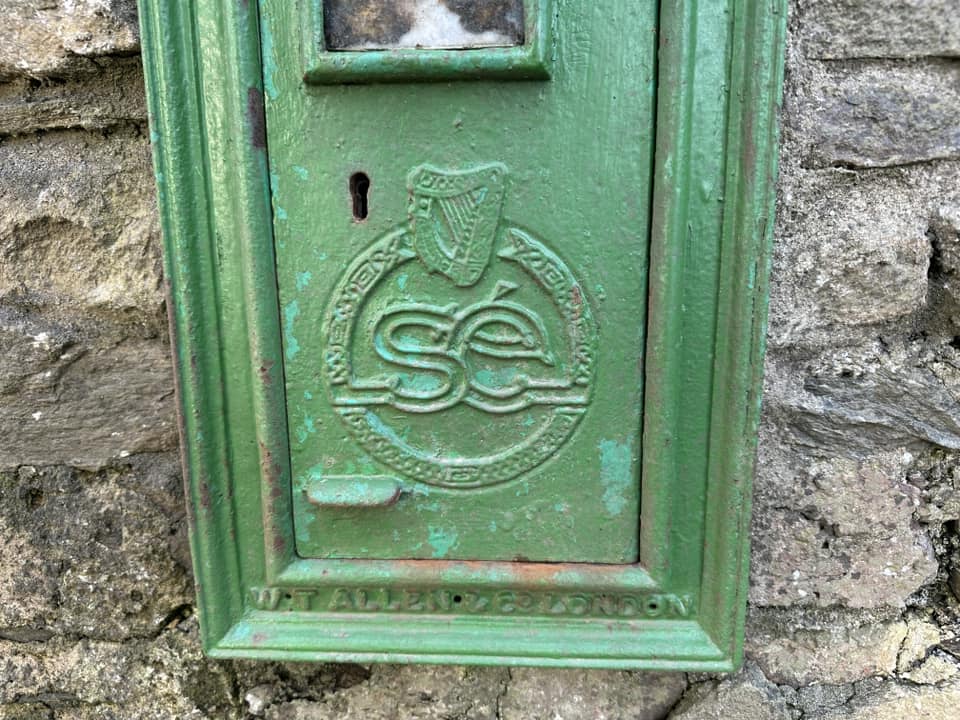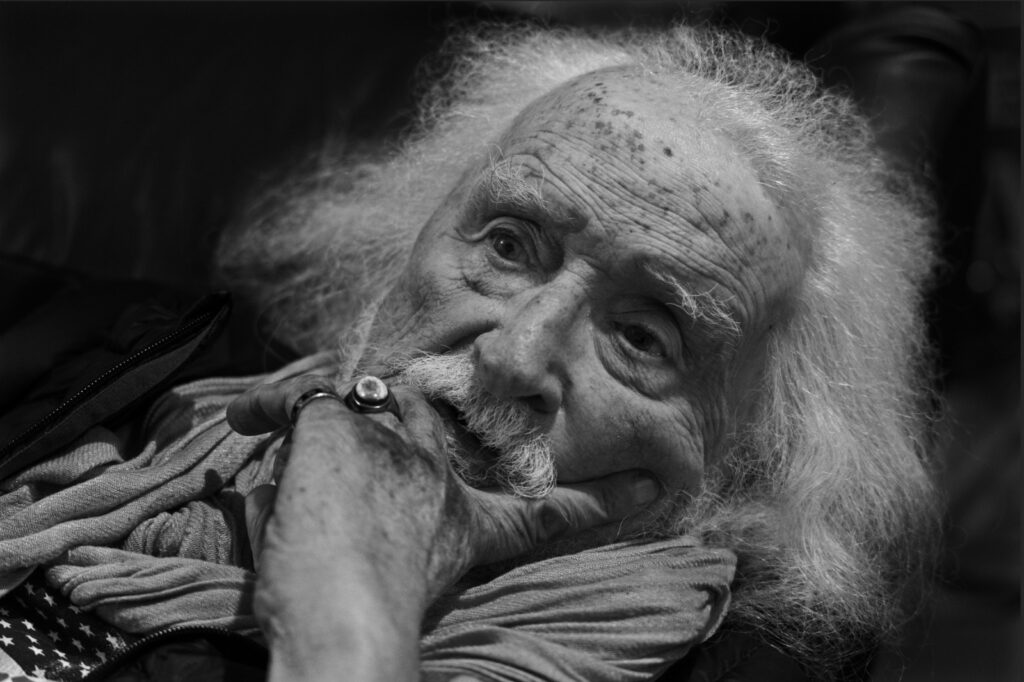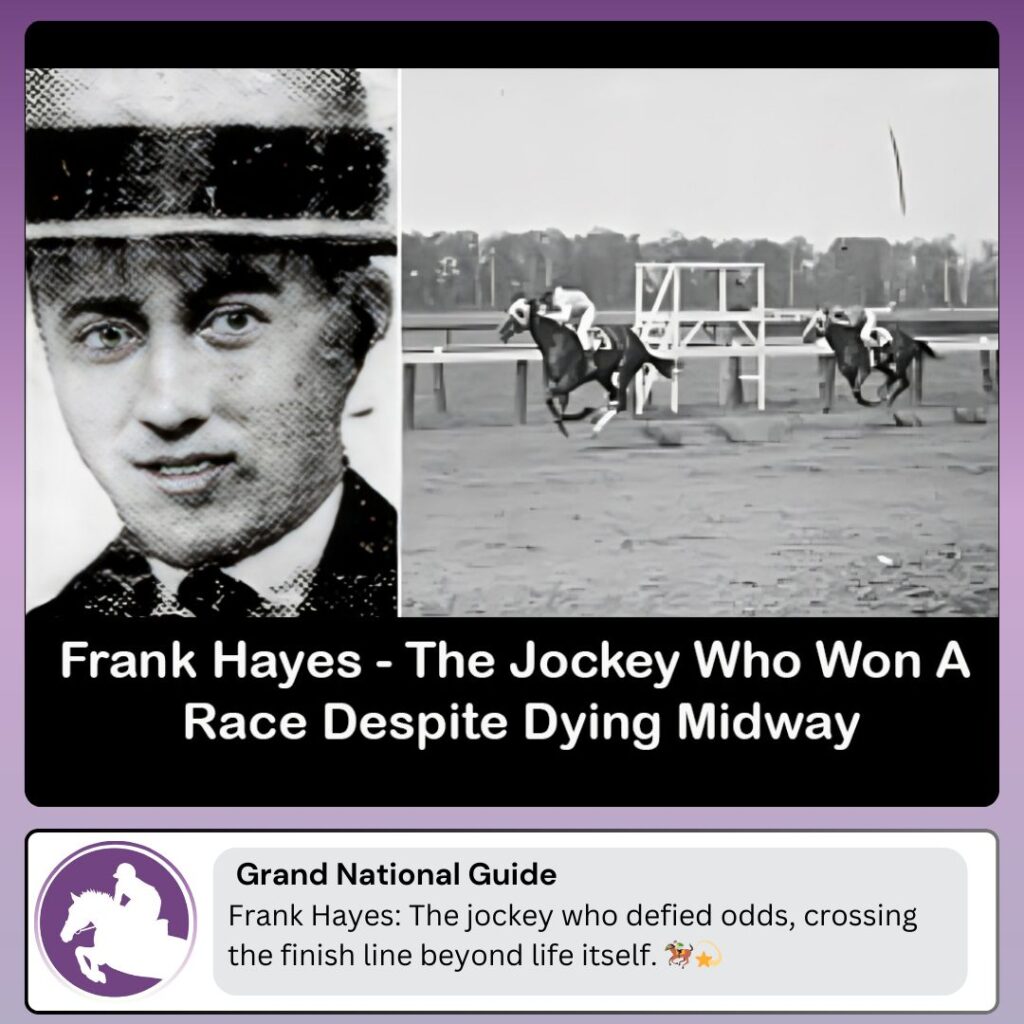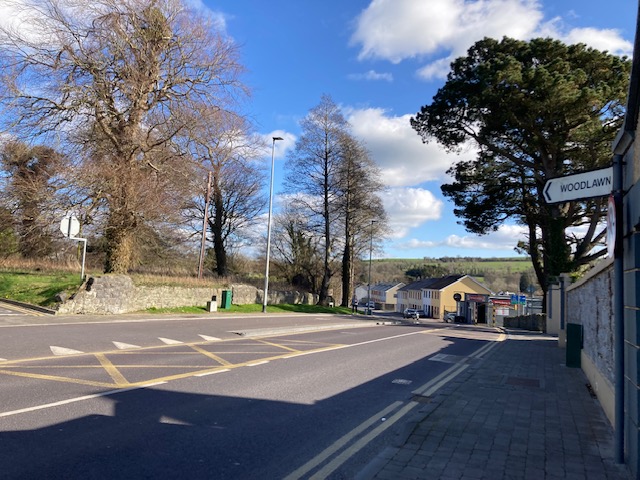
Bridge Road on a sunny morning in March 2025
<<<<<<<<
Confirmation in St. Mary’s
St. Mary’s looking lovely for last Friday’s confirmation.
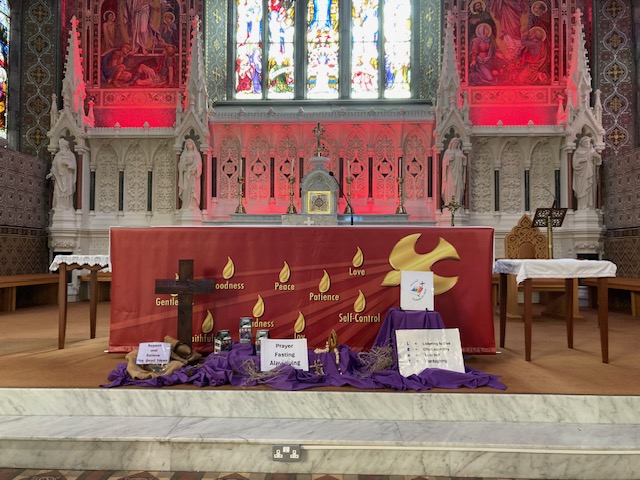

<<<<<<<<
Eleanor Belcher Remembers the Sheehy Brothers
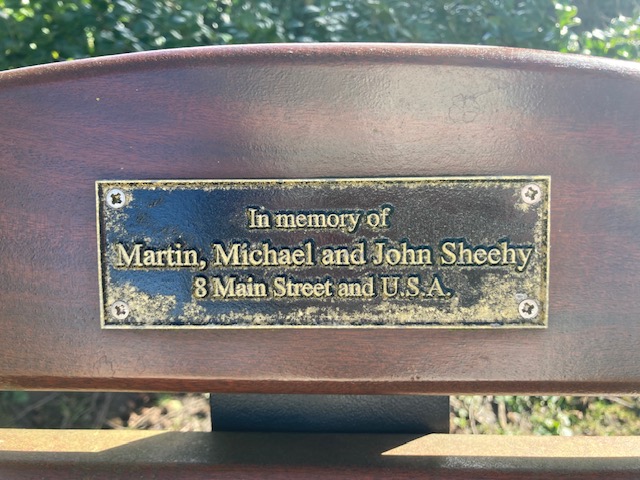
Mary,
You showed a bench remembering Martin, Michael and John Sheehy of Main Street recently. I grew up with the Sheehy family.
Marty( Martin) was the oldest and was very important to all of us who used to play tennis on the Cows’ Lawn where there still was a hard court and the club house was an old carriage from the Lartique Railway. Marty organised tournaments, got a large official poster where he organised seeding and ran tournaments for us. He also showed me how to pour a beer when I was about 16 at a party in Helen Buckley’s home in Ballybunion. I thought it was so sophisticated! He went on to be some an anaesthetist in the US.
I don’t remember Michael but Pat was next , He was great fun and very popular. I think he entered the Seminary for a while but as far as I know didn’t go on to be a priest.
The twins were John and Jerry, John being the more solemn one. Jerry loved comics and got the Dandy. My mother didn’t allow us to have comics and Jerry used to share his with us. We used to sit on the steps of what were then the Dennehy and McGuire houses in the Square. So I got to know Dennis the Menace, , the Bash Street kids and more. Again Jerry loved soccer which was not discussed in my home( my Dad having played rugby). Jerry was a fan of Denis Law and I thought of him recently when the great Scottish player died and his funeral was big news in Glasgow.
It is lovely that the family are remembered on that bench.
It is lovely to see such successful men still fondly remembered by their old friends in Listowel.
<<<<<<<<
Street Furniture
In one small space on Upper Church street there is a wealth of Irish, and Listowel history in three items of street furniture
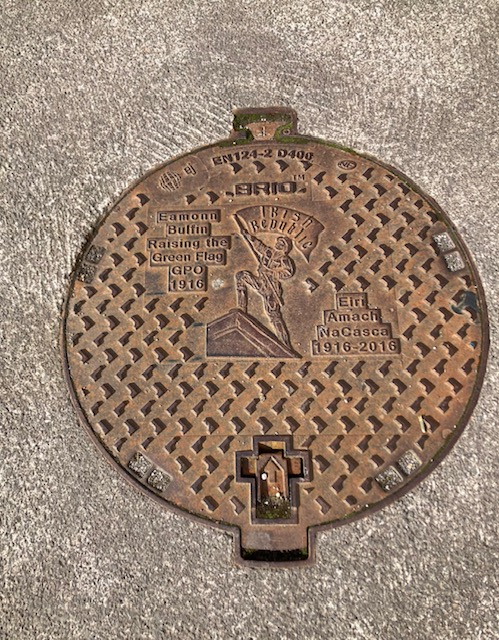
Eamon Bulfin (1892–1968) was an Argentine-born Irish republican. He was the son of writer William Bulfin (1864–1910) of Birr, in County Offaly (then called King’s County). His father had emigrated to Argentina at the age of 20 and was a writer and journalist who became the editor/proprietor of The Southern Cross. (Wikipedia)
Bulfin was the man who raised the flags on the GPO in 1916. He was later condemned to death but reprieved.
He lived in Argentina and worked as a journalist.
In the 1920 County Council elections, Bulfin was nominated in his absence for a seat on the council of Offaly, his family’s county of origin. He was elected and though he was in Argentina, immediately appointed chairman of the council. One of the first actions of the new council was to agree that King’s County be renamed Offaly, the name of the ancient Gaelic kingdom from which part of the modern county was formed. (Wikipedia)
<<<<<<<<
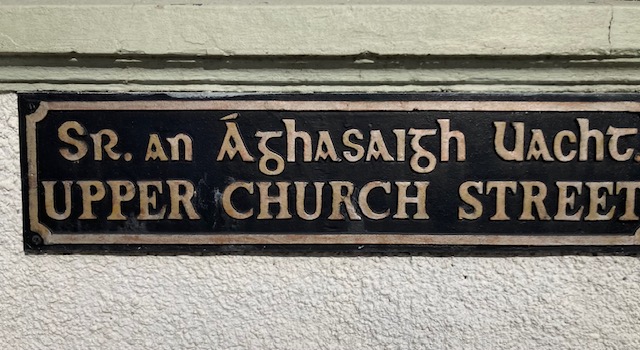
Ashe Street
Thomas Patrick Ashe (Irish: Tomás Pádraig Ághas; 12 January 1885 – 25 September 1917) was an Irish revolutionary and politician. He was a member of the Gaelic League, the Gaelic Athletic Association, the Irish Republican Brotherhood (IRB) and a founding member of the Irish Volunteers.[1]
He was a senior commander in the Easter Rising of 1916. After release from prison just over a year later he was soon re-arrested on separate charges of sedition, and died as a result of forcible feeding whilst on hunger strike in prison. (Wikipedia)
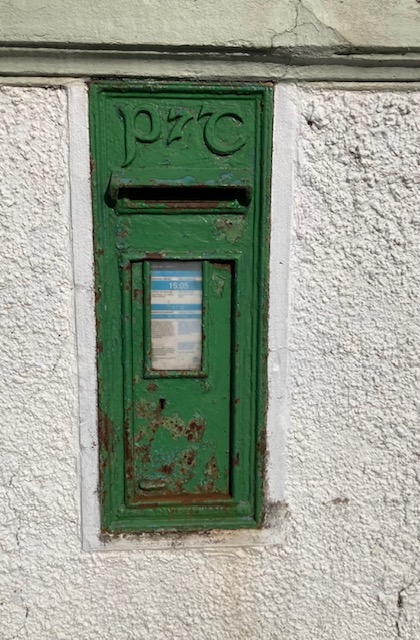
<<<<<<<<
For the Grieving
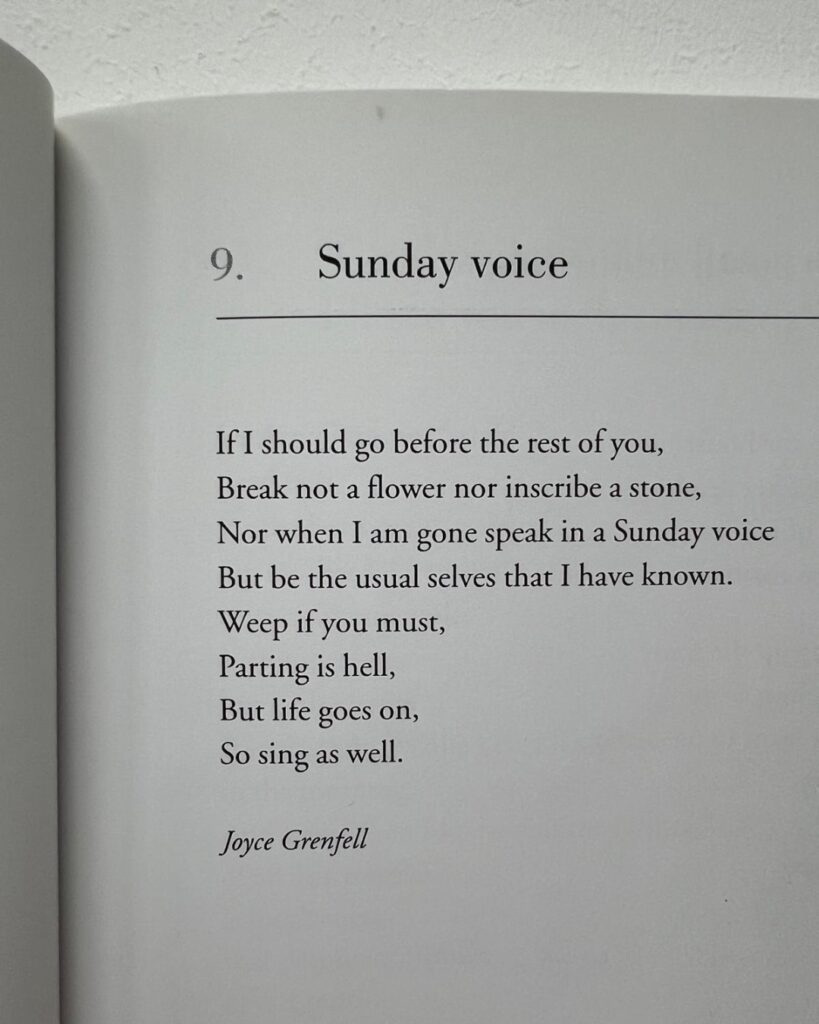
<<<<<<<<<
1942 Tourism Survey
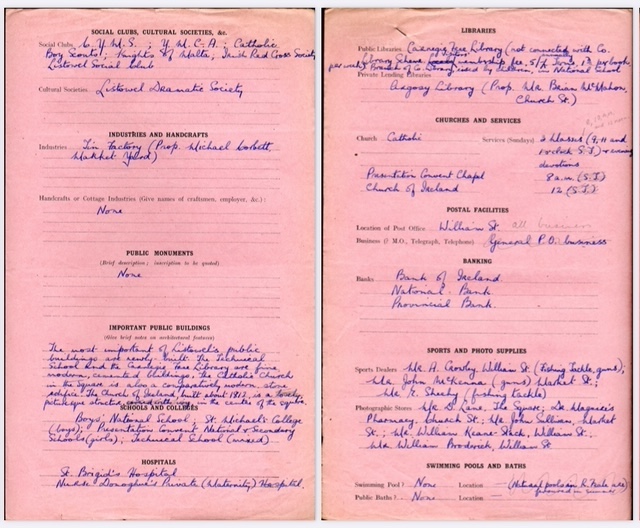
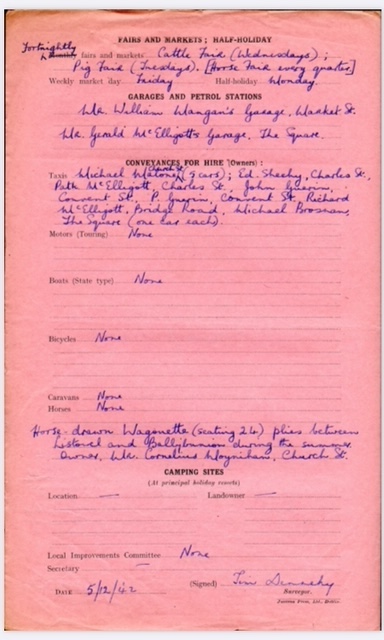
<<<<<<<<<<<
A Fact
In 1906 William Kellogg formed the Battle Creek Toasted Cornflake Company. I think by now his wildest dreams have come true.
<<<<<<<

